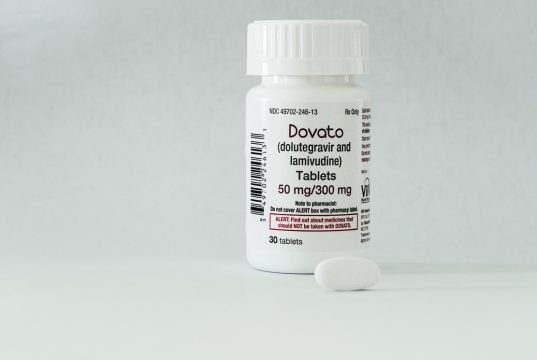Advertisment
New longer-term data reinforce safety of Genentech’s satralizumab in adults and adolescents with neuromyelitis optica spectrum disorder (NMOSD).
Genentech, a member of the Roche Group will present new pooled pivotal satralizumab safety results for the treatment of neuromyelitis optica spectrum disorder (NMOSD) , a rare, debilitating central nervous system disorder. These data are being presented at the 6th Annual Meeting of the European Academy of Neurology (EAN) and show satralizumab was well-tolerated in a broad patient population – including adolescents, for whom there is no approved medicine.
Satralizumab is an investigational humanized monoclonal antibody that targets the interleukin-6 (IL-6) receptor, believed to play a key role in the inflammation that occurs in people with NMOSD. Satralizumab was designed using novel antibody recycling technology, allowing for longer duration of antibody circulation and subcutaneous dosing every four weeks.
“The open-label extension data from the Phase III studies reinforce the safety, observed tolerability and potential of satralizumab as a future treatment option for this chronic condition,” said Professor Jerome de Seze, Department Head of Neurology and Clinical Investigation Centre at the University of Strasbourg, France. “Although significant strides have been made recently in understanding NMOSD, more approved treatment options offering a well-tolerated safety profile with a less frequent, subcutaneous dosing are needed for this underserved population.”
Pooled data from the double-blind periods of the SAkuraStar and SAkuraSky Phase III studies showed that the rates of adverse events (AE) and serious adverse events (SAEs) were comparable between satralizumab and placebo groups (SAEs: 15.0 vs 18.0 events/100 patient years [PY], respectively), as a monotherapy or in combination with baseline therapy. The most common AEs in both treatment groups were urinary tract infection and upper respiratory tract infection. No deaths or anaphylactic reactions were reported. The safety profile of satralizumab in the open-label extension (OLE) was consistent with the double-blind period with respect to the nature and rate of AEs. There were no meaningful changes in incidence, rate, or type of infections.
In a separate analysis from the SAkuraSky study, adolescents treated with satralizumab (n=8) with the same dosing and frequency demonstrated a benefit-risk profile generally consistent with the adult population. Data from the adolescent group found the range of model-predicted exposures was similar to those in adults when treated with the same adult dosing regimen, receiving placebo or satralizumab 120 mg in combination with baseline therapy at weeks 0, 2 and 4, and every four weeks thereafter.
Finally, in a third presentation based on pharmacokinetic and pharmacodynamics analyses from Phase I and the two pivotal Phase III studies the dosing regimen of satralizumab, 120 mg every four weeks, showed significant sustained IL-6 signaling inhibition. In the NMOSD population, the pharmacokinetics (PK) of satralizumab indicated that the 120 mg dose allowed for more than 95% binding to the IL-6 receptor throughout the full four-week dosage period.





